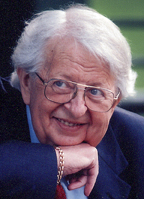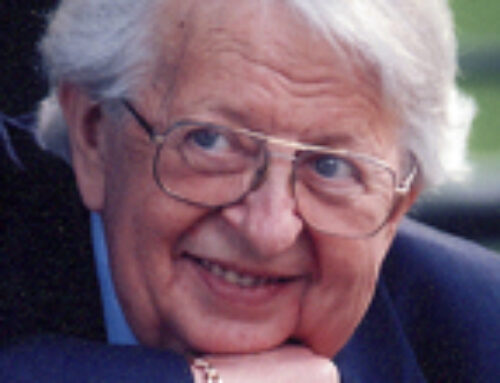The smell of gunpowder lingers; the armadillo is dead
Feb. 8, 2001 – Jo Ann said she could smell the gunpowder in the back yard the next morning after. That was to be expected for at least a dozen shots had been fired in frustration, if not in anger. It was not for nothing. The armadillo was dead.
We were sitting in the den after coming home from work looking forward to seeing the Bruce basketball games with Vardaman that night.
At 5:20 or so she looked out the window and said, “There’s a possum out there.”
I didn’t get up to look. “No,” she said, “it’s an armadillo!”
 I still didn’t look. I hurried to the hiding place for her late Uncle J.C.’s old .22 Smith & Wesson with a 6-inch barrel — what he always called his “snake gun” that was always in the boat when he went bass fishing in one of the many ponds around Macon, MS.
I still didn’t look. I hurried to the hiding place for her late Uncle J.C.’s old .22 Smith & Wesson with a 6-inch barrel — what he always called his “snake gun” that was always in the boat when he went bass fishing in one of the many ponds around Macon, MS.
On impulse I pocketed a short barrel .32 S&W we bought just after we married at J.C.’s suggestion. They were into that sort of thing, but I have never seriously been.
Anyway, I hurried out to the back and there it was. The most unusual armadillo I have ever seen. It was so light colored it could have passed for albino, except the eyes didn’t seem to be red.
I got off three quick shots with the long-rifle hollow points, which were close enough to make him jump and scamper under the old wood shed.
Jo Ann called Terry Martin, who was almost as frustrated as we after the armadillos dug up an underground watering system, which we recently replaced.
He had told us to let him know if we ever saw one, so he was not surprised at the call for backup. I walked to and fro in front of the shed to ambush the ‘dillo if it ran for better cover.
As I went to the east he ran out from under the west end and up a little rise and under another storage shed.
I stood on the steps, with a view of both sides, hoping the back of the shed was low enough to the ground to block a backdoor escape. Jo Ann was reloading the .22, when granddaughter Jo Ellen Bailey walked across the street to borrow a car to go to the ball game. If she noticed that her grandparents were in the backyard, both packing heat, she didn’t mention it.
Jo Ann told her where the key was and continued to fumble with the reloading. The armadillo finally made a break to the east and I took the partially loaded gun and began firing.
I noticed the first two shots were low and to the left, so I compensated and with the third shot hit his back foot. This turned him around and he came back toward me at full gallop.
I pulled the trigger and only got a click. I was out of ammo. Out came the .32, and just as he cleared the back of the shed I shot the gun with what was probably from the original box of ammo that came with the gun more than 40 years ago.
It hit just behind his front leg and rolled him over, but he continued running out of sight down a shallow drainage ditch overgrown with vines and undergrowth. Martin arrived with a .22 automatic pistol and circled around in the direction the wounded armadillo had headed.
I was on the near side and he was on the far side as we walked back to where I had last seen him. Some six feet from the spot, Martin spotted him under a bunch of dead blackberry vines.
“There he is,” he said, making sure I was out of the line of fire. “He’s about to make another run for it.”
I watched as he emptied his weapon into the varmint. He then pulled it out by its tail.
In addition to the two wounds I had made, there were now several shots to his head. Martin laid it out for Jo Ann to inspect while we checked the damage to the yard.
It had gone around two large azalea beds on the west end of the house and made several holes in the bed on the end of the house before digging up the entire length of the line that marked the drip from the roof, until he got to the bird feeding area where Jo Ann spotted him.
There, in his quest for worms — preferably white grubs, I have read — he nearly dug up a clump of variegated monkey grass in one bed and then settled for digging holes in the harder ground around the bird bath.
“Man, he really did a lot of digging, here,” Martin pointed to the area west of the wood shed.
“The three biggest holes I made with the .22 hollow-points,” I admitted.



